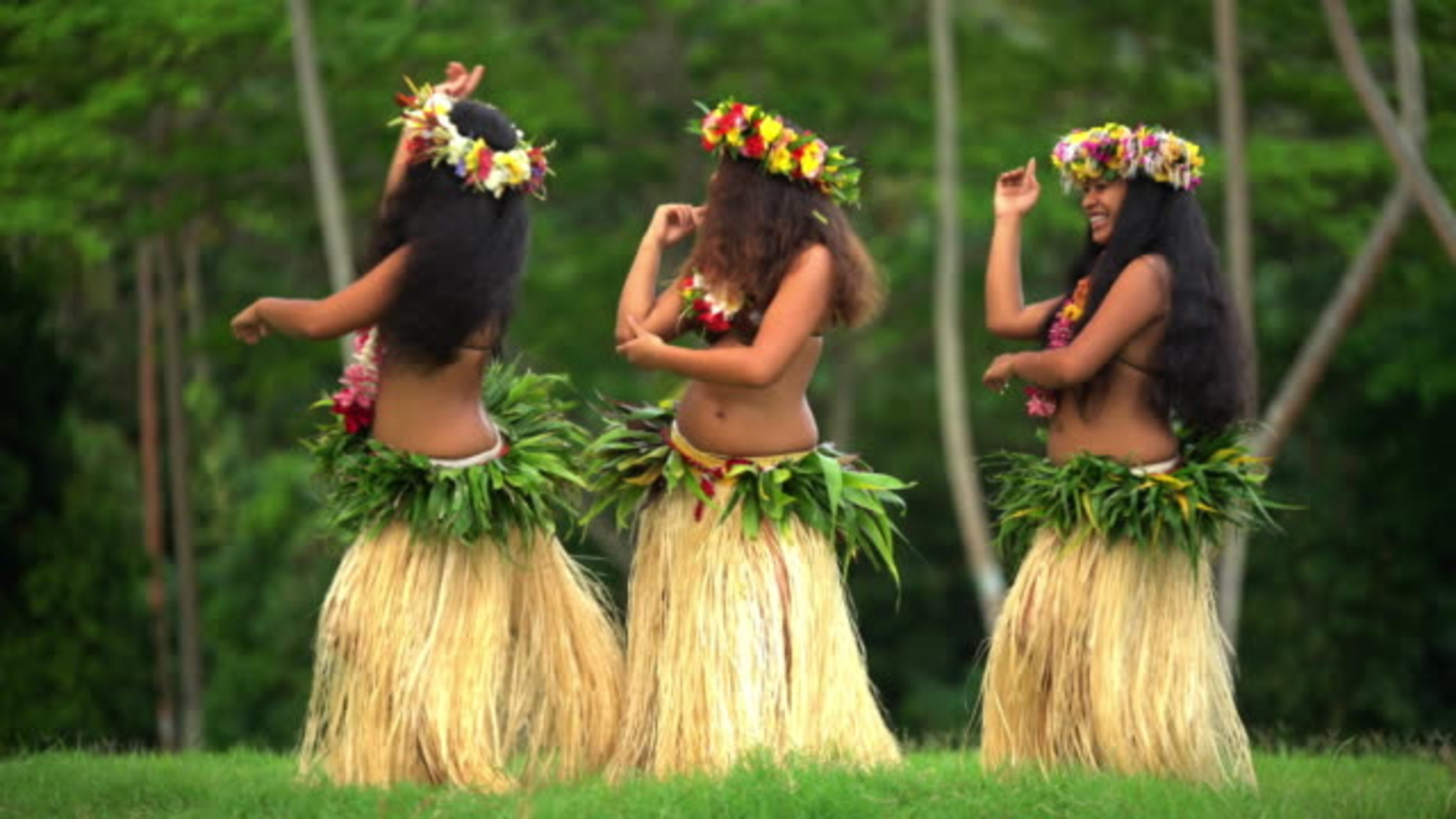While living in Hawaii, in the 1980s and 90s, working in various management and administrative jobs, I took on an assistant putting herself through college while getting school credits working at our company. To all of our surprise, she was a professional weekend-Hula dancer for an exclusive Luau performance at one of Maui’s posh hotels. Hula is quite the thing – and it can be a great exercise for expats.
Learning Traditional Hawaiian Hula Dancing

Because I had always wanted to learn the Hawaiian Hula dance, I’d signed up for group classes several times, but my lack of coordination made it clear that I needed private instruction before braving further courses at “halau” (Hula school).
So when we learned that my assistant was a professional Hula dancer, I had her teach me after business hours in the company’s mirrored showroom.
When learning the Hula, or any other dance, a large mirror is almost mandatory to make sure body movements and gestures are being followed correctly. A quick two-minute “How to Hula” video by Howcast shows the basics,
and learning Hula-for-kids “Keiki Hula Lesson with Kamaka Pili”
explains the language through song, while incorporating the hands, arms, and steps into one very simple set of movements anyone can learn.
As traditional Hawaiian Hula conveys the oral history of the Hawaiian people – the dancers are their historians. Hawaii had no written language until the Missionaries began translating and writing down the stories, which for centuries were kept alive through the “mele” (happy singing and chanting accompanied by arm and hand gestures), while keeping a steady beat with the basic “koholo” (dance step), known as the Hula.
Hula Stance: Exercising the Body Through Dance Steps
I never expected that the entire Hula performance would be performed with knees slightly bent, as this automatically sways the hips while doing the basic “koholo”. Unlike the Indian or Arab Belly-Dance, which requires a maintained focus on rolling the midriff and stomach, the Hula only requires knees to be slightly bent, to get the hips in motion without additional thought.
So at your next Hawaiian Luau, jump at the opportunity to join in when they ask for audience participation! Because now you know the secret to keep your hips moving with slightly bent knees – everyone will think you’re a pro!
Graceful Hula Hands Tell the Story

You won’t need to know any Hawaiian words to “sign” the stories as expressed through graceful Hula hand gestures and arm movements while dancing “koholo” steps.
When the hands, arms, hips, and feet are moving simultaneously, a lovely story will emerge about Hawaiian history and the daily life of their culture.
Stories told of “aloha” (love), wind-blown skies, mountain scapes, soft rains, paddling canoes, casting fishing nets, their “keiki” (children) at play, and all other forms of daily, Hawaiian life and historical events.
These are all expressed through Hula dance and songs, as it’s the cultural expression of relaying Hawaiian history to future generations for their “ohana” (family).
Hula Dance: A Stress-Free Exercise Workout
Because all parts of the body are being used while dancing Hula, it’s a great way to keep in shape, without breaking a sweat. Doing this graceful dance is calming, and certainly welcomed in hotter climates. Soon you will be moving like a pro and your figure will show it when you’re able to keep up with a lively 3-minute Hula, like this one presented in “Somewhere Over The Rainbow- Hawaiian Dance Version” video, on Lyn’s Vlogs & More, at a Cultural Center performance.
Conversely, the male version of Hula is not as graceful as the women’s, but relies on prior strength and endurance training. It can include chanting, beating drums, stomping, and/or tapping large bamboo sticks on the ground for rhythm.
Men’s Hula, (though not designated as such) and other Pacific-Islander dances of Tahitians or Tongan men present even greater exercise challenges, as their stories tell of mighty warriors, and brave hunting expeditions, as depicted in A Great Big Story’s video “Telling Warrior Stories with Hula.” The male Hula will get anyone sweating, even on cool Hawaiian nights.
Where did your Expat cultural leanings land you and your family? Have you taken up a local dance in the streets, at home, or in the gym in your new host country? Please let us know in the comments.
by: Cheri Majors, M.S.


